Dr Doug Fink visits the Nigerian Institute of Medical Research, Dec 2016
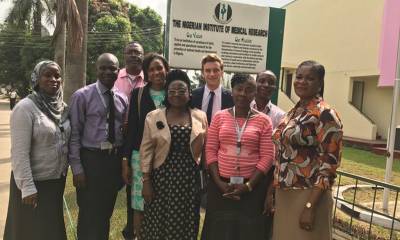
Publication in Nature, Aug 2016
Our collaborative work with Dr Leo James at the LMB in Cambridge has been accepted for publication in Nature:
David A. Jacques, William A. McEwan, Laura Hilditch, Amanda J. Price, Greg J. Towers, Leo C. James, HIV-1 uses dynamic capsid pores to import nucleotides and fuel encapsidated DNA synthesis, Nature. 2016 Aug 18;536(7616):349-53
HIV remains a massive worldwide pandemic and whilst there have been giant advances in treatment there is still no vaccine and still no cure. The work of many scientists over many years has clearly shown that HIV has a remarkable ability to evade all aspects of our antiviral defences. How it does this has been unexplained. Many of our defences against viruses work by detecting or “sensing” incoming foreign genetic material. A long-standing question has been how is the virus able to copy its genome using raw materials from the cell without being detected. Our discovery provides the answer.
Taking an interdisciplinary approach, structural biologists from the LMB Cambridge and molecular virologists from UCL have discovered that the genome is copied inside the viral protein shell called the capsid. UCL author, Professor Greg Towers said, “We used to think that the capsid came apart as soon as the virus entered a cell. We now realise that the capsid protects the virus from our innate immune system and the channels we’ve discovered explain how the fuel for replication gets into the capsid to allow the genome to be made.
The impact of this new knowledge goes well beyond basic laboratory science. Some of the most important anti HIV drugs, the reverse transcriptase inhibitors (RTI), work by inhibiting the viral enzyme that copies the viral genome. It is now clear that these drugs must also transit the channel to enter the capsid and block the viral enzyme. Our work therefore offers two completely new opportunities for anti-viral drug development. Firstly, understanding how RTIs transit the channel opens enormous possibilities for improving their activity. Secondly, compounds that block the channel would be an entirely new class of anti-viral drugs. Senior author Dr Leo James said, “We have already designed a prototype inhibitor that directly targets the channel. We predict that this feature will be common to many viruses and will be an attractive target for a whole range of new antiviral drugs including new treatments for HIV and related viruses. Early studies are very promising.”
Lead author David Jacques said, “Our work really illustrates the value of taking a multidisciplinary approach to discovery research. It is the combination of our structural work with classical virology that enabled us to make, what I believe is a truly paradigm shifting discovery”.
Towers Lab Picnic, Aug 2016
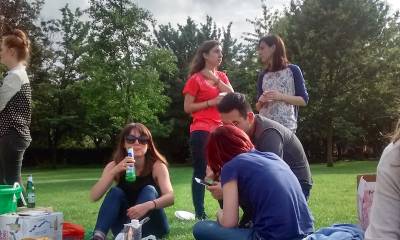
BSc results, July 2016
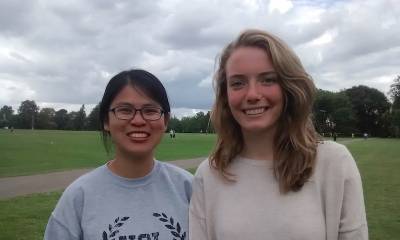
John Walter wins a Wellcome Large Arts Award to be resident artist in the Towers Lab, June 2016
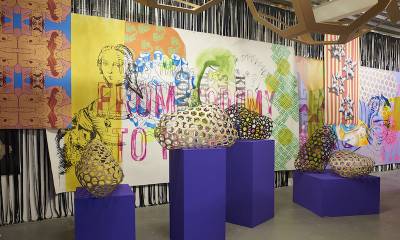
Dr Chris van Tulleken films for an HIV BBC documentary. July 2016
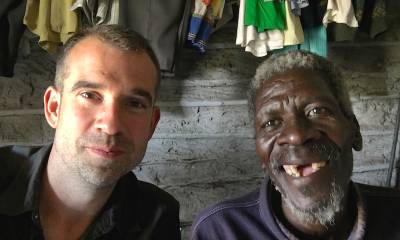
We believe Brexit is bad for Science, June 2016
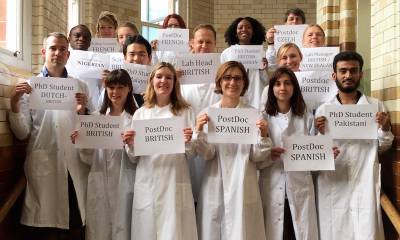
And migration is good for science.
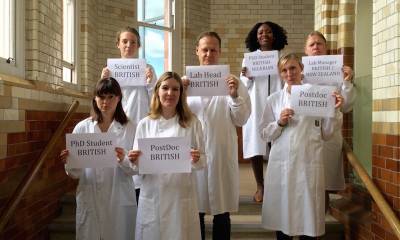
Cold Spring Harbor Retrovirus Meeting, May 2016
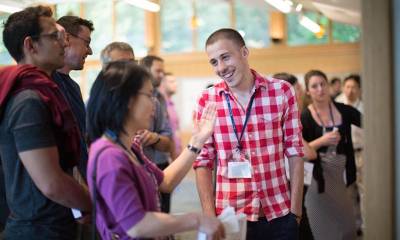
The Towers Lab presented posters at Keystone, March 2016
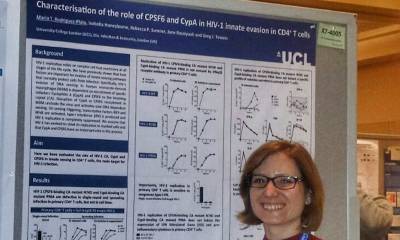
Characterisation of the role of CPSF6 and CypA in HIV-1 innate evasion in CD4+ T cells
Maria T. Rodriguez-Plata, Isobella Honeyborne, Rebecca P. Sumner, Greg J. Towers
Poster: X7 4005
Evasion of Innate Immune DNA sensing distinguishes pandemic HIV-1 M group from non-pandemic HIV-1 O group and HIV-1
Laura Hilditch, Jane Rasaiyaah, David Jacques, William McEwan, Katsia Bichel, Rebecca P. Sumner, Leo James, Greg J. Towers
Poster: X7 4021
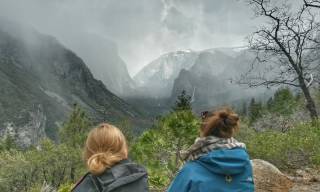
Following the conference, Maria T, Becky and Lucy took the opportunity to visit some stunning parts of the US.
Richard Miles has secured a fellowship to study in New York, Jan 2016
Richard will head to New York in the early summer having secured the Charlotte and Yule Bogue Research Fellowship to visit the lab of Professor Singer. He will spend 3 months using fluorescence in-situ hybridisation to study how HIV-1 gene expression is regulated in response to integration site targeting.
Dr Doug Fink secures funding for his PhD, January 2016
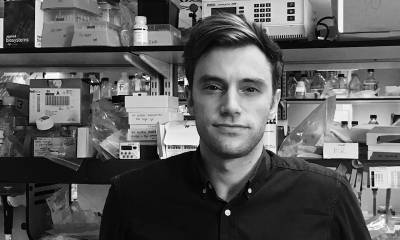
 Close
Close

